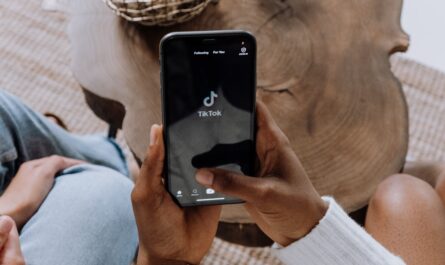By Sara Espinosa, Sarah Naciri, Anushka Pawashe, Jack Ritt and John Wright
We spent the second class of Week 5 talking more about the ethics that surround social media decisions and started the topic of crisis management.
The class started with a discussion of how some companies don’t spend enough time or don’t have enough resources when it comes to crisis management. Truly engaged/creating companies spend 50% of their time doing monitoring and research, 40% creating and 10% measuring.
Small organizations often do not have enough resources to deal with hateful comments on social media. In this situation, it might be in the organization’s best interest to block and delete the insightful comments. For bigger and more visible organizations, it might be useful to adopt a light policy.
When it comes to employee autonomy, consider the organization’s innovation process and the degree to which the organization’s culture demonstrates trust in, and respect of, employee judgment.
Dealing with troll/rogue accounts all depends on the situation. We talked about the rogue accounts that appeared after the BP oil spill and when Target took down its gendered signage.
We then switched gears to discuss the different types of media crises. A creeping burn is one that the company does not see coming, kind of like an alligator in a pond. A slow-burn is one that starts small but then bursts into a big fire. A sudden crisis happens in an instant. Each requires a different crisis management plan, and every organization should have some.
The class ended with the discussion of the Crock-Pot incident in the show This is Us, in which a crock-pot was responsible for the fire that killed a beloved character. The stocks for Crock-Pot plunged and the company received a lot of backlash for the death of this fictional character. The rage towards Crock-Pot was so intense that Crock-Pot started their social media presence by addressing the incident and insisting that crock-pots are safe. It even partnered with actor Milo Ventimiglia in an ad.

